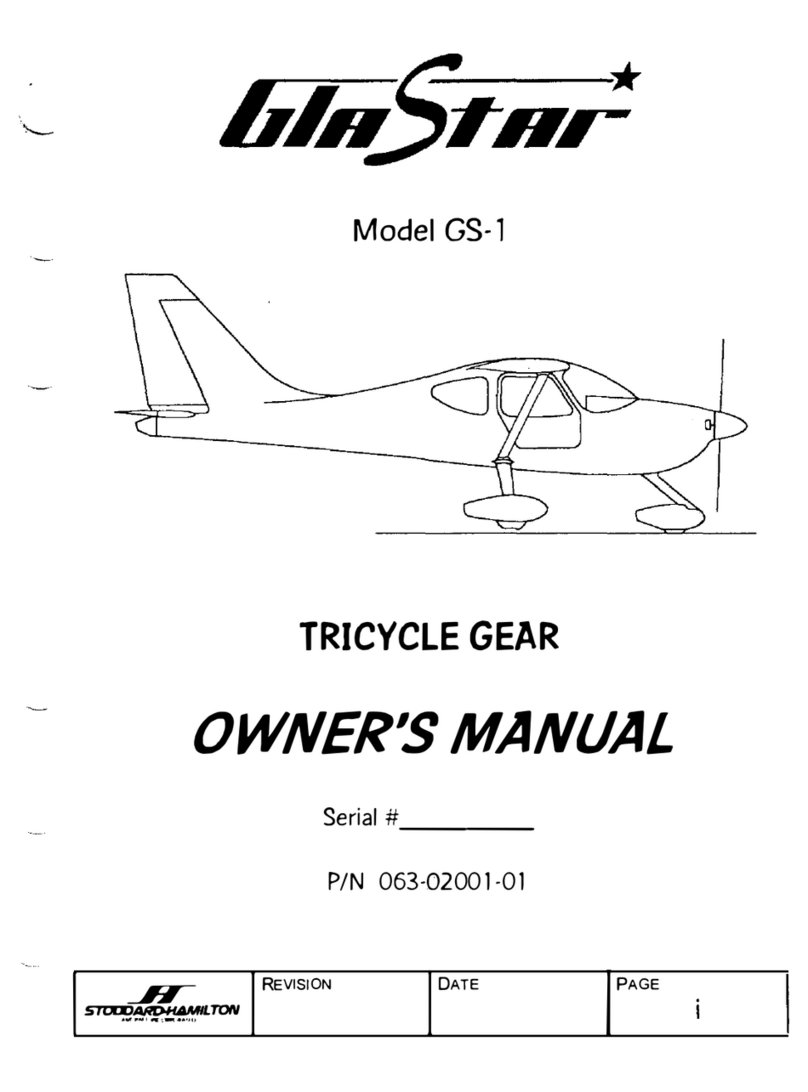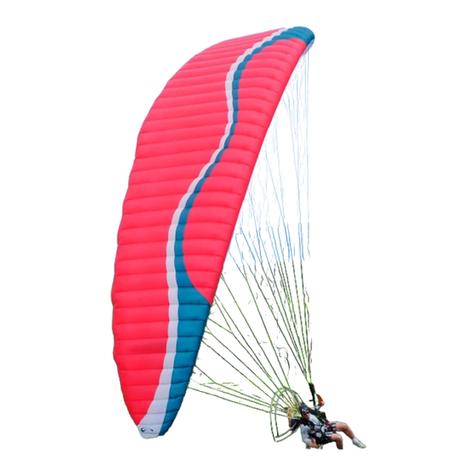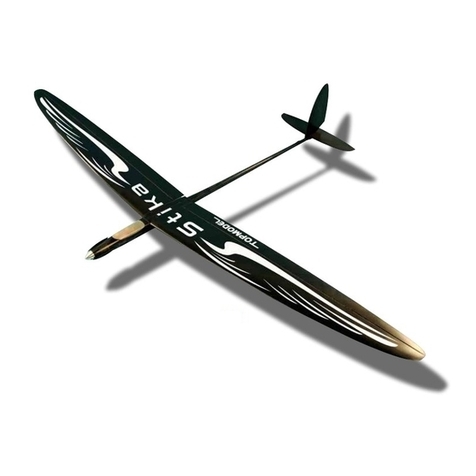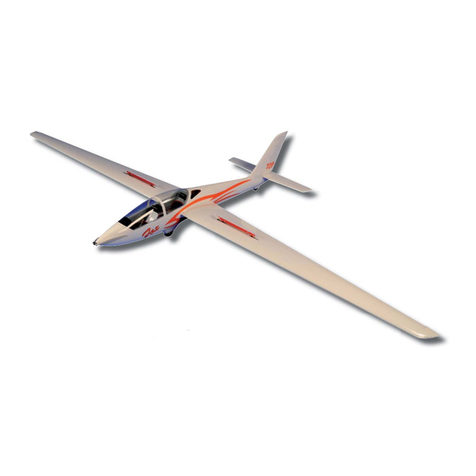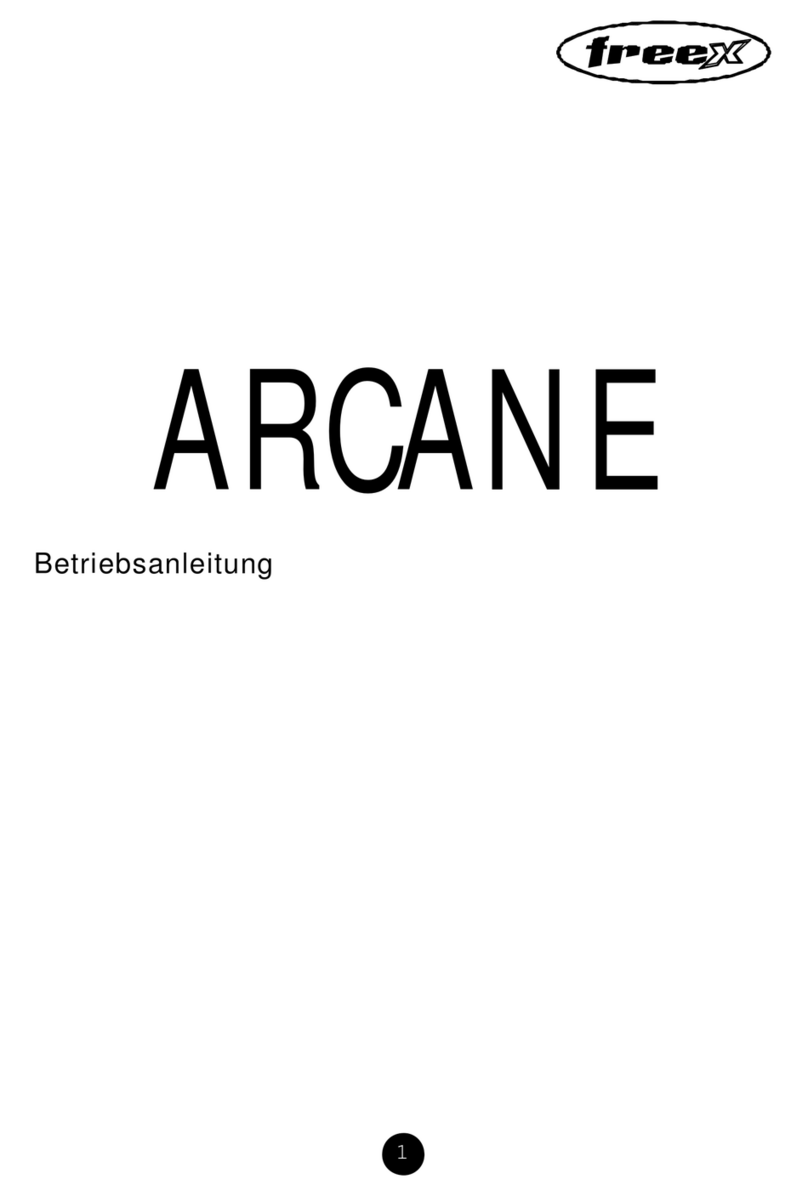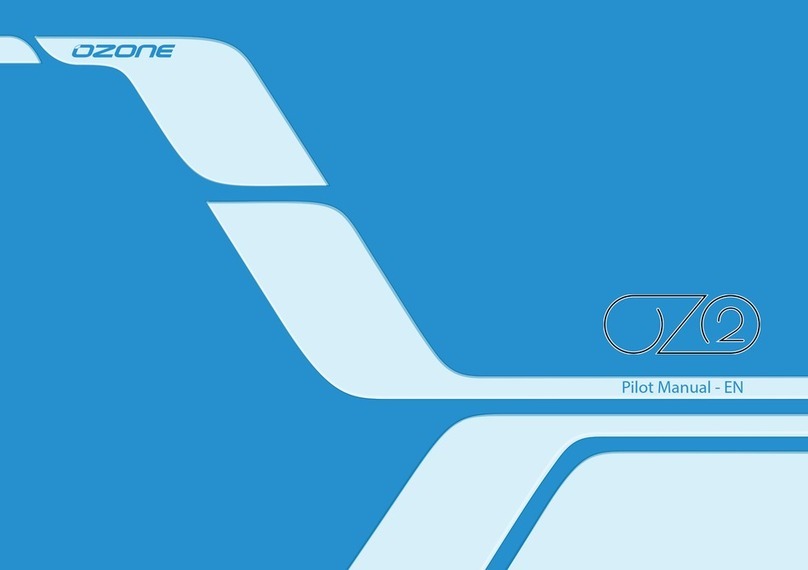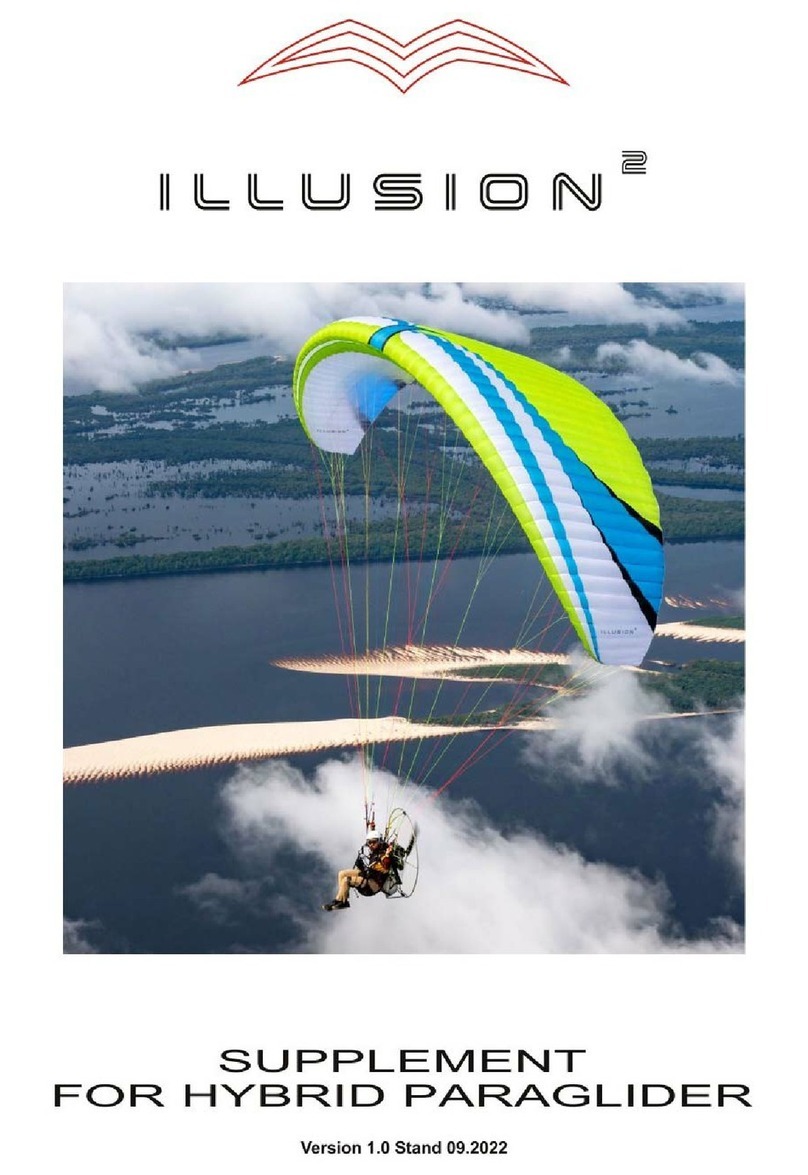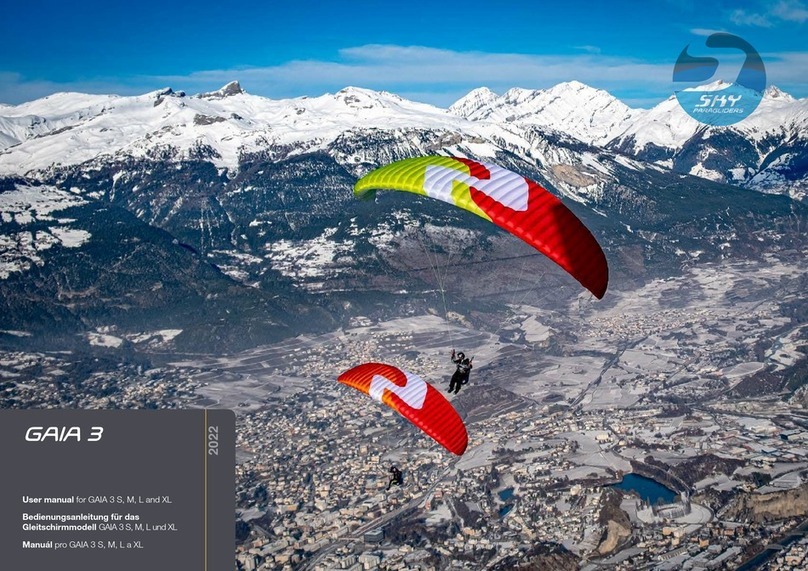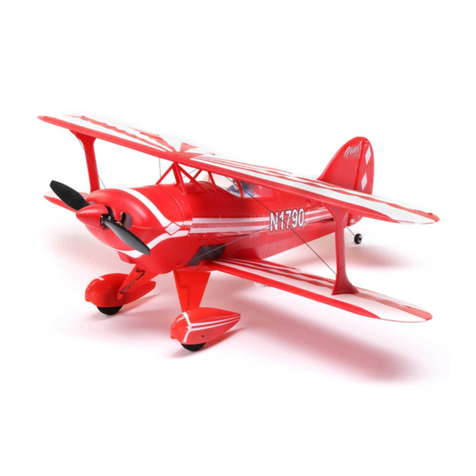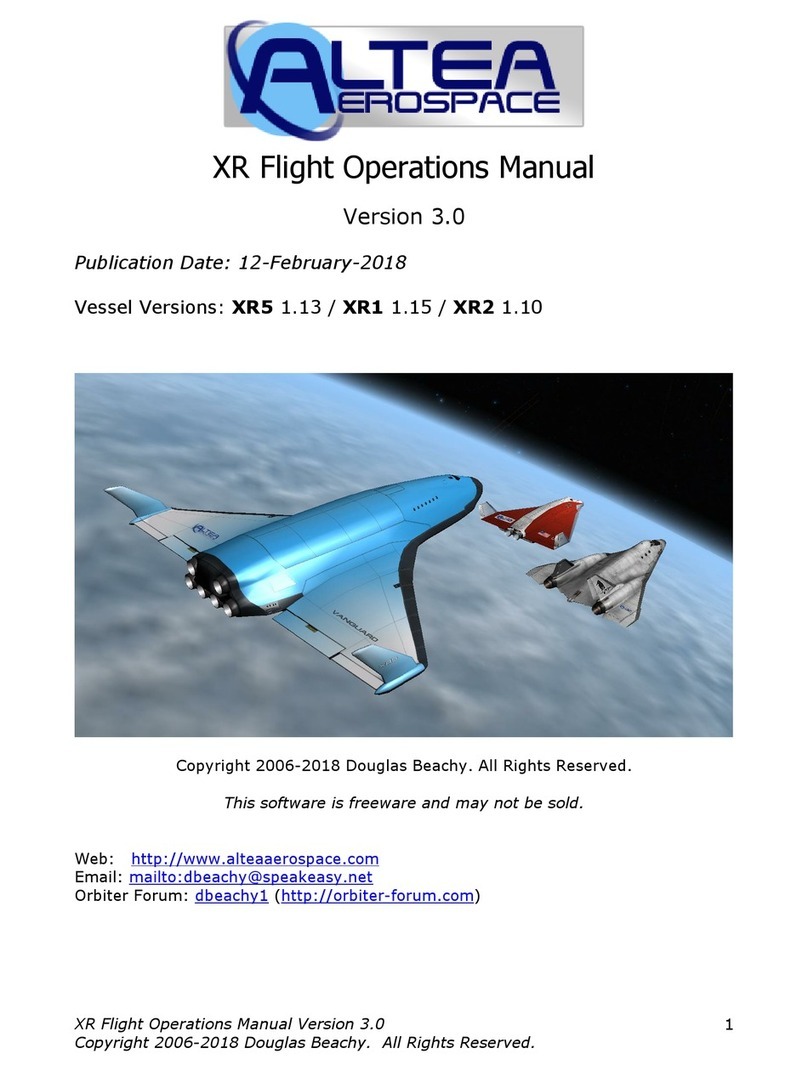Glastar JUMP-START FUSELAGE User manual

OPTION : P/N 038-01500-02
OPTION INSTRUCTIONS: P/N 063-09035-01
GLASTAR JUMP-START FUSELAGE
INSTRUCTIONS
INTRODUCTION
These instructions apply to the GlaStar Jump-Start Fuselage Option with the bulkheads
installed. Unlike most of Stoddard-Hamilton’s option instructions, these are intended
primarily to tell you what
not
to do—or in other words, to outline the
Assembly Manual
steps that have already been completed at the factory and to highlight what work
remains for the homebuilder.
In addition to these instructions, the Jump-Start Fuselage Option consists of three
elements:
1) The fuselage assembly itself, which consists of the two fiberglass fuselage shells
and Top Deck are seamed together and fastened to the steel-tube cage
structure, with Bulkheads A, B, C, D and E completely fabricated and installed.
2) A COM antenna installation (P/N 211-0112-501). The copper foil dipole
antenna elements are factory-bonded inside the vertical fin, and the triaxial
antenna cable is coiled at the base of the fin for later connection to the radio.
The remaining components of the installation (a BNC connector, heat shrink
tubing and instructions) are sealed in a plastic bag taped to the inside of the
fuselage just forward of the baggage door.
These instructions follow the sequence of steps of “SECTION VIII: FUSELAGE ASSEMBLY” in
the
GlaStar Assembly Manual
.
Note Wherever the term
“Manual”
is used in these instructions, it should be
taken as referring to the current revision of the
Manual
itself along with any
Advance Notices of Revision that may apply to the steps under discussion.
REVISION:
C
DATE:
1/6/04
PAGE:
1
©2004 New GlaStar, LLC, Arlington, Washington. All rights reserved.

INSTRUCTIONS
Steps 1–4:
These steps have been factory-completed in their entirety.
Step 5:
No factory work has been completed on this step; follow the instructions in
the
Manual.
Steps 6–7:
These steps have been factory-completed in their entirety.
Steps 8–12:
No factory work has been completed on these steps; follow the
instructions in the
Manual
.
Step 13:
This step has been factory-completed in its entirety.
Step 14:
No factory work has been completed on this step; follow the instructions
in the
Manual.
Steps 15–21:
These steps have been factory-completed in their entirety.
Step 22:
No factory work has been completed on this step; follow the instructions
in the
Manual.
Steps 23–25:
These steps have been factory-completed in their entirety.
Steps 27–34:
No factory work has been completed on these steps; follow the
instructions in the
Manual.
Steps 35–39:
These steps have been factory-completed in their entirety.
Steps 40–48:
No factory work has been completed on these steps; follow the
instructions in the
Manual.
Step 49:
This step has been factory-completed in its entirety.
Steps 50–67:
No factory work has been completed on these steps; follow the
instructions in the
Manual.
Step 68:
This step has been partially factory-completed. Bulkhead D has been
installed, but the drain hole called out in the
Manual
has not been cut. Follow the
instructions in the
Manual
to complete this step.
REVISION:
C
DATE:
1/6/04
PAGE:
2

JUMP-START FUSELAGE OPTION
Steps 69–78:
No factory work has been completed on these steps; follow the
instructions in the
Manual.
Step 79:
This step has been partially factory-completed. Some shimming may be
required as called for in the
Manual
.
Step 80:
This step has been partially factory-completed. Bulkhead E has been
installed, but the drain hole called out in the
Manual
has not been cut. Follow the
instructions in the
Manual
to complete this step.
Steps 81–82.2:
No factory work has been completed on these steps; follow the
instructions in the
Manual.
Step 83:
This step has been factory-completed in its entirety.
Step 84:
This step has been partially factory-completed. Bulkhead A has been
installed, but the drain holes called out in the
Manual
have not been drilled. Follow
the instructions in the
Manual
to complete this step.
Step 85:
No factory work has been completed on this step; follow the instructions
in the
Manual.
These instructions follow the sequence of steps of “SECTION IX: SYSTEMS
INSTALLATION” in the
GlaStar Assembly Manual
.
Step 0.1:
This step has been factory-completed in its entirety.
Step 1-126:
No factory work has been completed on this step; follow the
instructions in the
Manual.
These instructions follow the sequence of steps of “SECTION X: FINAL ASSEMBLY” in
the
GlaStar Assembly Manual
.
Step 1-128:
No factory work has been completed on this step; follow the
instructions in the
Manual.
Step 129:
Completed at the factory; however, follow the instructions in the
Manual
for setting the final gap between the wing and the fiberglass wing root.
Step 130-134:
This step has been factory-completed in its entirety.
REVISION:
C
DATE:
1/6/04
PAGE:
3

Step 135-223:
No factory work has been completed on this step; follow the
instructions in the
Manual.
A FINAL WORD
Your purchase of the Jump-Start Fuselage Option in no way changes the legal and
practical reality that
you
are the manufacturer of your GlaStar. When it comes time for
the final airworthiness inspection,
you
will be the one who is called on to prove that the
aircraft has been properly constructed. And when it comes to time for the first flight,
you
will be the one who is betting his or her life that you were right!
Naturally, Stoddard-Hamilton has applied very high standards to our Jump-Start
fuselage production, and the point of the foregoing reminders is not to raise suspicions
about the quality of the option you have purchased. Nevertheless, the prudent builder
will inspect and ensure the quality of the workmanship and construction of the Jump-
Start fuselage just as diligently as if it had been built from scratch. In particular, the
checklists under “Fastener Inspection and Safetying” in “SECTION X: FINAL ASSEMBLY”
should be followed to the letter, irrespective of the Jump-Start option.
REVISION:
C
DATE:
1/6/04
PAGE:
4
Table of contents
Other Glastar Aircraft manuals
